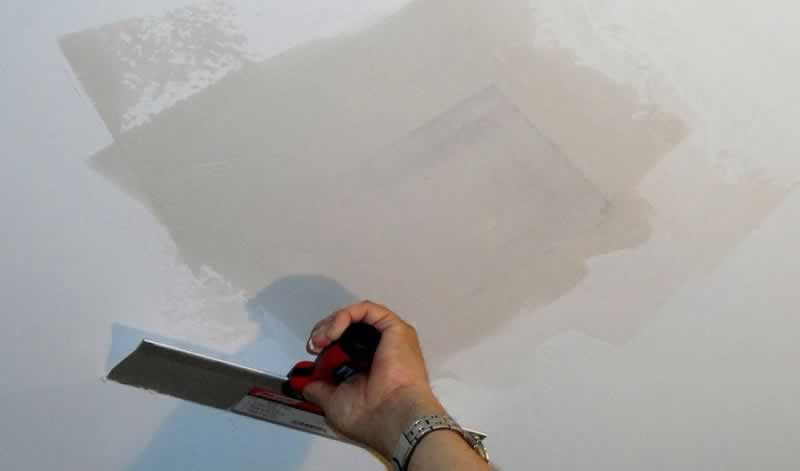While water is crucial, given to the current global climate change, too much water can be destructive. For instance, a leaking ceiling can damage the walls and the floors beneath it. Prolonged leaks can also result in structural failure and mold growth, and let’s not forget the unsightly appearance it gives out. In fact, in worst-case scenarios, ceiling leaks can lead to building collapse, which is a mighty threat for the people living in the house.

Some of the early signs of water damage in ceilings are water spots, discoloration of walls, and peeling paint. The good news is that you can easily fix early water damage with simple tools. However, if the ceiling starts to cave in, you have to call in a licensed expert in water damage Charlotte has and hire their skills to fix your ceiling.
How Can You Fix Your Damaged Ceiling
Find the Source:
Identifying and stopping the source is the first step in reversing the water damage and prevent future problems. The leak could be due to brittle shingles, rotten wooden decking, hole in the roofing material, an unkempt rainwater gutter or a leaking attic AC system. Address the cause first and fix it. You may have to replace chipped wood or change the direction of water gutter to prevent further damages. Damp or soggy insulation in the attic could also cause a ceiling leak. Check everything thoroughly and address the source before you start remediating the ceiling.
Additionally, plumbing failure could also affect the ceiling. For instance, a burst pipe in the bathroom can cause the ceiling beneath it to saturate with water. If the leaking water is clear, then it is a plumbing defect directly above the ceiling. If the leaking water is brown and muddy, it is probably dripping from the roof rafter. If the leak is due to ice-buildup, you have to call in a professional ice-removal crew in Charlotte to handle it. While short-term measures include steaming to melt away the ice, long-term measures include increased attic ventilation or removing roof snow.

What to Do When the Remediation Work is Going On
If the water damage is caused by a small source or leak, and if you think you can fix it yourself, go ahead and do it. This will save you a lot of money. Here’s what you can do to minimize additional damage while remediation is going on:
- Remove any damaged part that is bulging and loose. If the ceiling is bulging, then there is probably water inside it. Place a bucket beneath the bulge, take a sharp object and prick it. Any kind of water downpour will be collected in the bucket.
- Protect the floor beneath the ceiling by covering the area with plastic sheets. Also, cover the furniture and fixtures. If possible, remove them until the work is done.
- Scrape off flaking paint completely using sandpaper and smoothen the surface.
- Replace the affected areas with drywall or plaster of Paris.
- Once this is done, add two or more coats of primer followed by paint to cover stains and make the ceiling slightly.
- Make sure you dry the surface before you start working on renovating the place. Ventilating the area, vacuuming the space, or towel drying are some of the quickest ways to get the ceiling devoid of moisture. You can also place dehumidifiers to speed up the process.
The aforementioned steps can be done without professional help. However, if the ceiling leak has spread to other parts of the house or if it is due to a mighty problem, such as a plumbing defect or ice built-up, call water damage company in Charlotte and hire their services.






